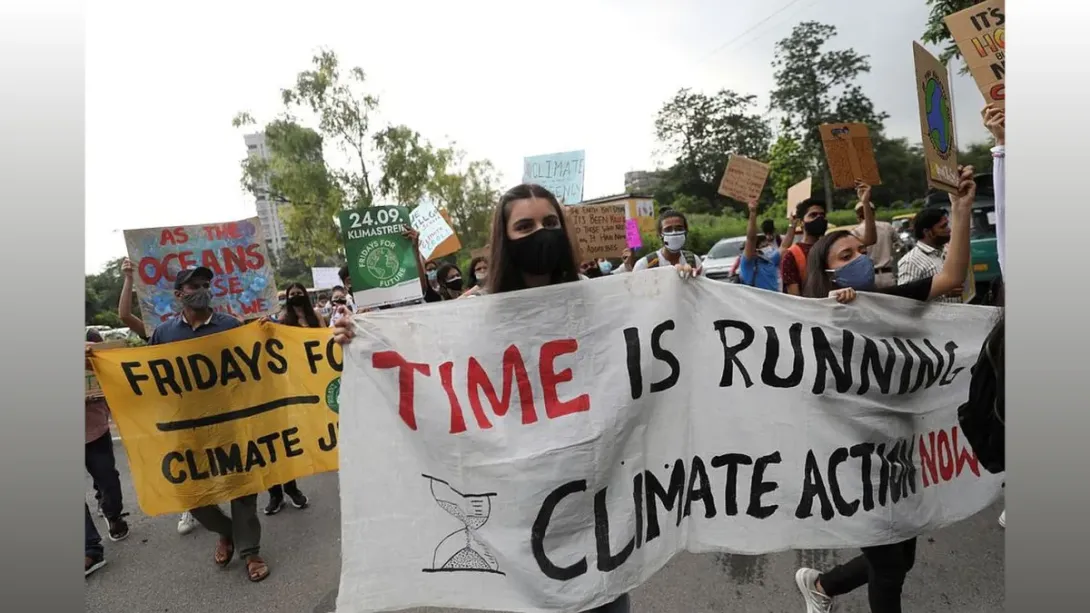At the COP30 climate summit in Belém, Brazil, COP30 President André Corrêa do Lago lauded India and China for their decisive leadership in driving the global clean energy transformation. Emphasizing their influence on technology, affordability, and scale, he highlighted how the two Asian giants have become catalysts for worldwide renewable energy adoption. Their policies and investments, he noted, are not only reducing global costs of clean technology but also expanding access for developing economies, marking a significant power shift in climate leadership from the industrialized West to the Global South.
Asia’s Rising Leadership in Climate Action
During his address at COP30, do Lago underscored that India and China are demonstrating “clear and determined leadership” in steering the global energy transition. He attributed their success to three factors—scale, technological innovation, and cost efficiency—which have allowed both nations to become the engines of renewable energy growth.
China’s dominance in the production of solar panels, wind turbines, batteries, and electric vehicles has not only made it the world’s largest manufacturer of clean energy technologies but has also helped drive down global prices. India, meanwhile, is rapidly scaling up its renewable capacity through ambitious government programs, engineering excellence, and a strong industrial ecosystem that supports domestic manufacturing and clean energy deployment.
Driving Down Global Costs and Democratizing Access
The COP30 President highlighted that the dramatic reduction in solar energy costs—by nearly 90% over the past decade—was primarily fueled by China’s manufacturing scale and India’s large-scale adoption. This decline, he explained, is a defining moment for the clean energy movement, as it enables affordable transitions in emerging and developing markets that previously lacked access to sustainable technology.
India’s initiatives in solar and wind energy, coupled with its push for green hydrogen, are reshaping its energy landscape while influencing global market dynamics. China’s extensive clean energy infrastructure has created cost efficiencies that ripple through global supply chains, benefitting nations from Africa to Latin America seeking affordable decarbonization pathways.
Global Context: The South Steps Forward
COP30 arrives at a moment of geopolitical uncertainty and waning enthusiasm among several developed nations regarding climate financing commitments. In this context, do Lago’s remarks underscore a significant geopolitical shift—the center of gravity for climate leadership is moving toward the Global South.
India has been vocal at COP30 about the need for equitable and concessional financing, urging developed economies to meet their long-promised commitments. Meanwhile, China’s industrial scale continues to drive technological breakthroughs that make renewable adoption viable worldwide. Together, the two nations symbolize a pragmatic model for balancing economic growth with environmental stewardship.
Implications for Industry and Investment
The rise of India and China as clean energy leaders carries profound implications for global industries and investors. Supply chains are realigning as both countries ramp up production and innovation in solar modules, EV components, and storage systems. For investors, the message is clear: the future of energy markets lies in Asia’s capacity to commercialize green technology at scale.
Global firms seeking to diversify or decarbonize must now look eastward, aligning with India’s expanding renewables sector and China’s technological prowess. This transition not only alters trade patterns but also redefines the competitive landscape in energy-intensive industries.
Outlook: From Policy to Planetary Impact
While both India and China still face challenges—ranging from grid integration and financing to balancing economic growth with emissions goals—their ongoing progress marks a turning point for the planet. The rapid pace of clean energy development in these nations offers hope that the 1.5°C target can remain within reach, provided international collaboration and climate finance follow suit.
As COP30 continues, the world’s attention remains fixed on how these emerging economies can sustain their momentum and inspire others to follow. In the words of President do Lago, “The actions of India and China are shaping not just their own futures, but the trajectory of the planet’s climate.”

Comments